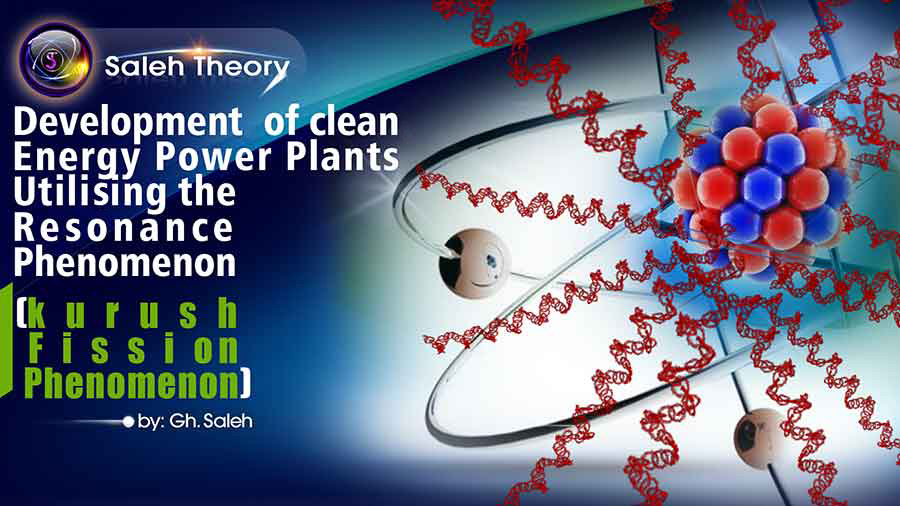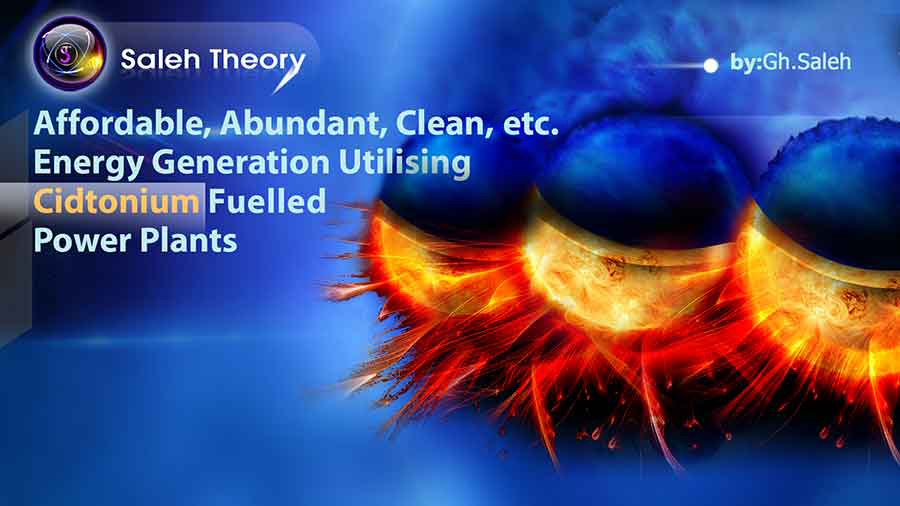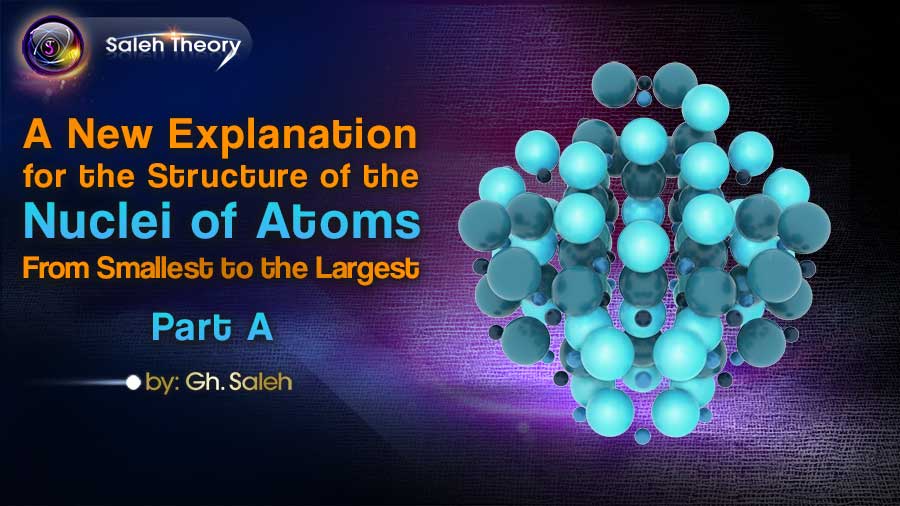
Development of Clean Energy Power Plants Utilising the Resonance Phenomenon (Kurush Fission Phenomenon)
Let’s first outline a new method to fission of atoms of elements utilising the resonance phenomenon, before detailing the development of these power plants.
It has previously been demonstrated that electrons and nuclei of atoms traverse in specific, continuous, and closed orbit paths at speeds approaching the speed of light.
Given that electrons and nuclei have distinct orbits with specific frequencies in their repetitive motion, and considering the phenomenon of resonance in nature—such as one diapason causing another to vibrate, or an aircraft flying over a bridge causing it to vibrate due to matching frequencies—it is possible to disrupt the order and harmony of an atom's or nucleus's motion. This can be achieved by using lasers that are co-frequency with the rotational frequency of an electron around its nucleus or with the frequency of its nucleus, thereby causing the atom or nucleus to undergo fission.
It's also important to note that if we consider the frequency of an electron or nucleus of a particular atom to be, for example, f1, and a laser with the same frequency f1 is designed and emit to the atom, the resonance phenomenon will occur, leading to fission. According to the equations C=lf or C=1/T (where C is the speed of light, l is wavelength, and f is frequency), co-frequency implies identical wavelengths and an equal value of rotational radius (r) of the laser photons and the rotational radius of electron or nucleus.
If the laser is co-frequency (same wavelength – same Rmom) with a specific electron, it can indeed collide at a specific location. However, if the frequencies differ, the probability of collision decreases and may not happen at all. This is because a photon traverses in a helical path, like a spiral spring. When this photon is formed into a laser, it's as if a bundle of photons with a specific and distinct radius follows a helical path.
In essence, they effectively create a cylindrical shell. If the radius of the inner void of this cylindrical shell isn’t equal to rotational radius of the electron or nucleus of atom, no collision will occur, or the probability of collision will be extremely low, and the bombarded particles will pass through this empty space or tunnel without colliding.
In fact, we can say that the laser's optimal effect is achieved when the laser particles in a specific region have an equal rotational radius to the electron or nuclear particles, maximising collisions. Based on this explanation and the frequencies of electrons and nuclei, we must build a specific laser to achieve the desired nuclear fission or atom breakdown through laser-atom collisions.
Furthermore, given the significant difference between the rotational radius of electrons and nuclei and the rotational radius in visible light lasers, these lasers are not suitable for fission. We need to develop a laser with a frequency of at least approximately 1018 Hz and Conventional current lasers are not suitable.
For atomic nucleus fission using this method, we propose the use of gravity lasers or electron lasers.
Based on the above, various elements (atoms or nuclei) can be vibrated using special lasers, ultimately leading to their fission. Similar to how a significant amount of clean energy is released from Uranium through fission, a vast amount of clean energy can also be obtained from the fission of atoms or nuclei of many other elements by utilising the resonance phenomenon. In essence, power plants can be developed that generate abundant clean energy using this method (resonance.)
References:
[2] Saleh, Gh. "A New Method for Fission of Atoms of Elements Using the Resonance Phenomenon 2024." Saleh Theory, 11 Aug. 2024, https://www.saleh-theory.com/article/a-new-method-for-fission-of-atoms-of-elements-using-the-resonance-phenomenon-2024
[3] Saleh, Gh. "New Discovery About the Helical Motion of Electrons in the Universe." Saleh Theory, 20 Feb. 2024, https://www.saleh-theory.com/article/new-discovery-about-the-helical-motion-of-electrons-in-the-universe
 Download PDF
Download PDF 





